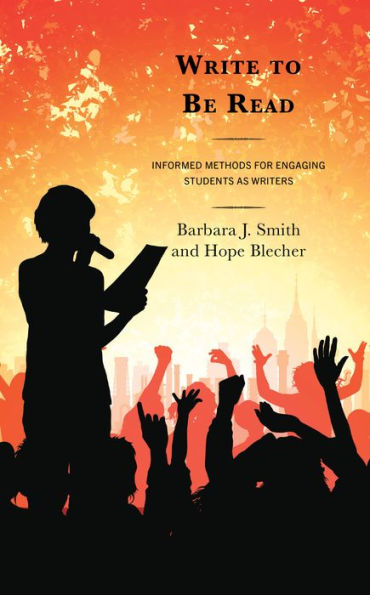Write to Be Read is meant to inspire educators to be designers of engaging curriculum, specifically targeting ways to improve the teaching of writing in schools today. Students tend to write in response to literature; whereas, the focus of this resource is to help students write material, fiction and non-fiction, that they want to read. Students often engage in writing that is more about pleasing the teacher or ticking a homework or assignment box. This book challenges many assumptions with reference to traditional models for teaching writing. A rich assortment of engaging examples are presented in this book to prompt educators to adapt and construct their own meaningful writing units of study
1143396381
Write to Be Read: Informed Methods for Engaging Students as Writers
Write to Be Read is meant to inspire educators to be designers of engaging curriculum, specifically targeting ways to improve the teaching of writing in schools today. Students tend to write in response to literature; whereas, the focus of this resource is to help students write material, fiction and non-fiction, that they want to read. Students often engage in writing that is more about pleasing the teacher or ticking a homework or assignment box. This book challenges many assumptions with reference to traditional models for teaching writing. A rich assortment of engaging examples are presented in this book to prompt educators to adapt and construct their own meaningful writing units of study
35.1
In Stock
5
1

Write to Be Read: Informed Methods for Engaging Students as Writers
252
Write to Be Read: Informed Methods for Engaging Students as Writers
252Related collections and offers
35.1
In Stock

Product Details
| ISBN-13: | 9781475873085 |
|---|---|
| Publisher: | Bloomsbury Publishing |
| Publication date: | 11/03/2023 |
| Sold by: | Barnes & Noble |
| Format: | eBook |
| Pages: | 252 |
| File size: | 2 MB |
About the Author
From the B&N Reads Blog
